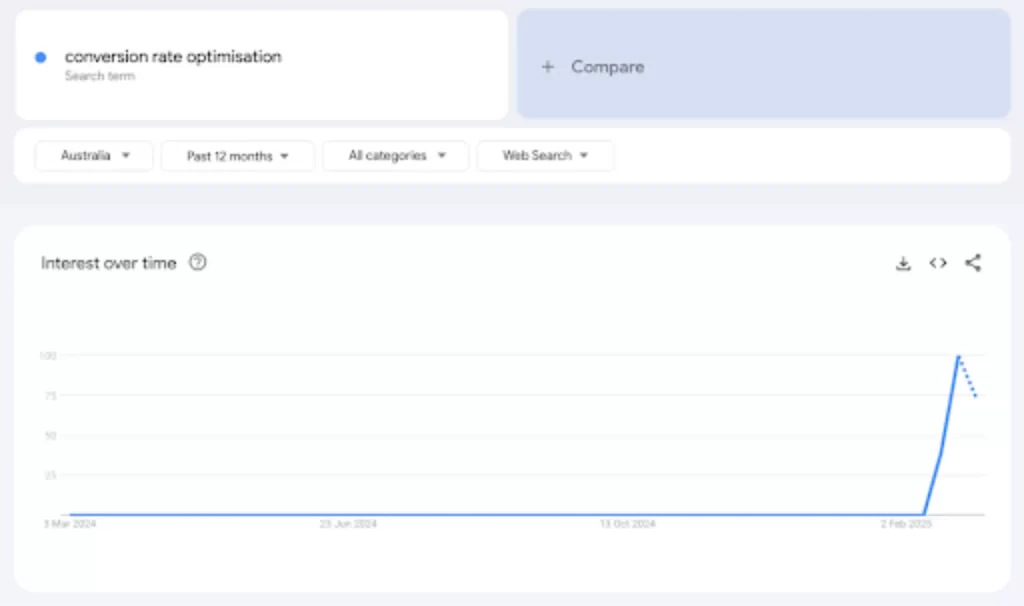What exactly is UX conversion optimisation?
As a starting point, let’s break down what UX conversion optimisation is.
The vast majority of people reading this will know that UX stands for user experience. This refers to a user’s experience, feelings and opinions on a product, service or website. A great website will be designed with the user’s experience and ease of use in mind.

Working on UX conversion optimisation simply refers to optimising your website’s user experience, in order to make an impact on your conversion rate. A smooth, easy to use website can have an immense impact on a customer, so if you’re looking to boost your conversion rate then it’s essential to work on this.
UX conversion optimisation content can often revolve exclusively around visual design and website templates, but it’s important to consider the mechanics of your website too.
The positive effects of working on your user experience
Now that we’ve covered what UX conversion optimisation is, let’s take a look at UX work in more depth. The main reasons why it’s essential to work on your user experience include;
- A boost to customer conversion. To start off with, one of the main reasons to reevaluate and improve upon your existing UX is that it can have an immensely positive impact on your customer conversion.
Spending time on your website to make it polished and easy to use can show your audience that you care about their experience with your business overall. It can prevent people quitting mid-purchase due to poor run times or confusing site maps, and it can make your website look a lot more professional in the long run, too.
- Customer retention and loyalty. Another key reason why you should be working on your UX is that it can help with customer retention. Put simply, creating a positive site experience can ensure that your customer wants to come back again.
After all, would you want to go back to a website that looks shoddy, runs poorly and offers no support while using it? Working on your UX is an essential for making sure that your customers feel happy and supported while shopping with you.
- Pre-defined customer journeys. Spending time on your UX is beneficial for learning more about your customer’s journey, too. Having a predefined customer journey map is a fantastic way to improve your UX, and it can help you to understand more about what your audience wants from you, too.
- Insightful analytics for your content. Finally, one of the best things that can come from spending time on your user experience is a better understanding of your customers and your content. Making sure that your website runs smoothly and that your content is polished can lead to a better analytics report at the end of the day.
As you can see, working on your user experience is essential. Whether you’re looking to understand your audience better or keep track of how people move through your website, UX is an integral part of managing your online presence effectively.
How can you improve your UX conversion optimisation?
To finish up, let’s look at how you can work on UX conversion optimisation with your website.
One of the most effective ways to improve your conversion rate is by working on the simplicity of your website. Cut down on any unnecessary images and graphics, shorten your blog posts wherever possible and review your customer’s journey.
Getting customer feedback on this can be incredibly helpful, too. If you use social media marketing for your work, why not ask people for feedback on the simplicity of your website using tools like Instagram question boxes? You could also use tools like interactive questionnaires on email marketing campaigns, too.
Another great way to improve your conversion rate by working on your UX is to make sure that your website is accessible across multiple devices. Mobile optimised websites often perform more effectively than their opposition. Optimising your website across different devices and platforms can help to improve your accessibility and convert more people.
Make sure to work on your website’s reactivity and responsiveness, too. One of the main things that can interfere with a customer’s experience is bad response timings from a website. Making sure that your website runs well is an essential when considering UX, so make sure to do a number of tests on it wherever possible.
Generally speaking, it’s important to keep reviewing and testing your website wherever possible. User experience is an essential element to consider when working on your site, and it’s something that should be constantly evolving. In order to keep working on your UX conversion optimisation, make sure to listen to customer feedback, too.
Conclusion
Overall, working on your user experience is one of the most important things that you can do for your business this year. If you’re looking for a way to improve your conversion rate and get better returns on your work investments, spending some time on your UX could help a lot.
Related Posts
Tekbiz Studio
April 2, 2025
Tekbiz Studio
April 2, 2025
Tekbiz Studio
March 30, 2025
Tekbiz Studio
March 30, 2025
Tekbiz Studio
March 30, 2025
Tekbiz Studio
March 30, 2025






